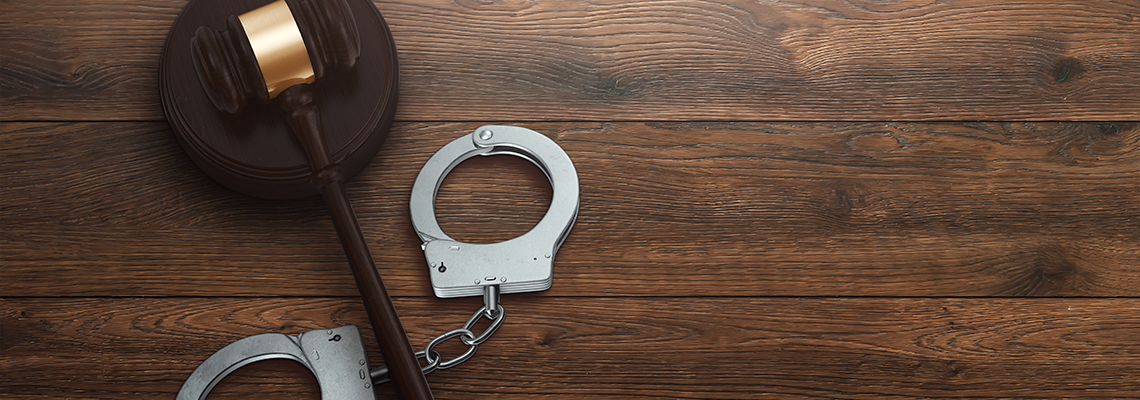In New York, misdemeanors are divided into three main categories: Class A, Class B, and unclassified misdemeanors. Class A misdemeanors are the most serious, while Class B misdemeanors are less severe, and unclassified misdemeanors often involve specific statutes such as traffic or local ordinances. Although misdemeanors are less severe than felony offenses, they can still carry significant penalties, including jail time, fines, and a lasting criminal record.
Why New York Should Consider a Clean Slate Program for Criminal Records
A criminal record can seriously block someone’s opportunities in life. Simply having an arrest on their record can cause real damage to a person’s ability to reach their goals, regardless of whether they are convicted or not.
One in three Americans has some kind of criminal record—even if that record is just an arrest that never led to a conviction. Half of Americans have a parent with a criminal record, leading to impaired brain development, lowered school performance, and decreases in future earnings.
Because most employers check criminal records and people with criminal records are half as likely to receive a job offer, those who have criminal records have a much harder time finding and keeping employment. Because people with criminal records are so often barred from the labor market, $87 billion in GDP is lost every year.
The Clean Slate Program, which successfully passed its first Clean Slate Act in Pennsylvania in June 2018, hopes to solve these problems.
What is The Clean Slate Program?
The Clean Slate Program hopes to put legislation in place that automatically seals the records for certain convictions after a convicted person remains crime-free for 10 years. It would also automatically end all nonconviction records immediately.
In other words, people who are convicted on relatively minor charges would be able to have those records removed after a time, and those who are found not guilty will not have the fact of their arrest hanging over their heads.
Why Should New York Consider a Clean Slate Program?
The Clean Slate Program will result in more economic opportunity for more people, allowing them to pay their debt to society and move on, instead of being held back for the rest of their lives. One goal of the Clean Slate Program is to enable people to get out of poverty, instead of having a conviction force them into poverty despite their best efforts.
For more fiscally-minded individuals, the Clean Slate Program opens up new economic resources. There is over $87 billion in lost productivity per year nationwide, and a Clean Slate Bill would allow New York to start reducing that number.
Most importantly, Clean Slate programs are extremely popular. In Pennsylvania, the recent Clean Slate Act passed with support from 81 percent of Pennsylvanians. That kind of bipartisan majority shows that the Clean Slate Program can attract major support from both sides of the aisle. That level of support in Pennsylvania indicates that it’s likely that a similar bill in New York would also be highly popular.
Contact Us
Since 2014, the Law Office of Michael D. Litman has been representing the criminal defense needs of the citizens of White Plains, Westchester County, and the New York Metro area. With attorney Michael Litman defending his clients since 2007, we have the knowledge and the experience to help with all your DWI charges and other criminal issues.
If you have questions or need to set up a consultation, contact us online or call us today. Our firm will work with you from the arraignment all the way through the trial.
RECENT POSTS
Many people believe they can only be charged with a DWI if they’re actively driving a vehicle. However, New York law takes a broader approach to impaired driving. You can face charges even if you weren’t moving, provided you were in physical control of the vehicle.




